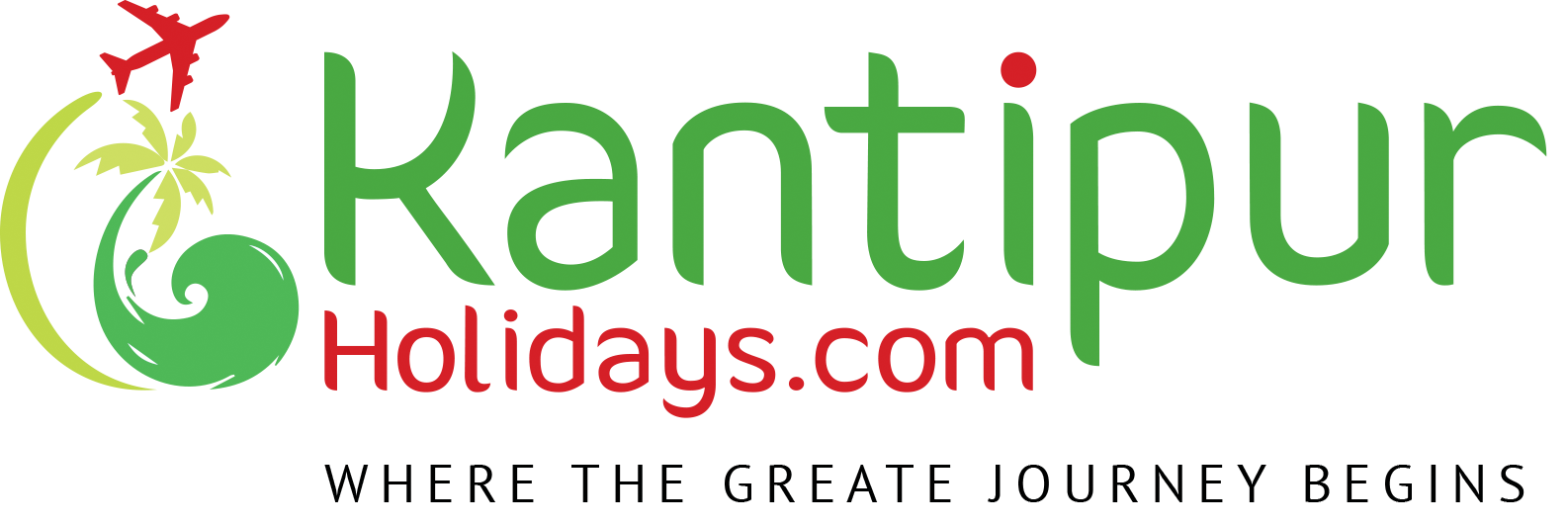DENMARK
Denmark is a Scandinavian country comprising the Jutland Peninsula and numerous islands. It's linked to nearby Sweden via the Oresund bridge. Copenhagen, its capital, is home to royal palaces and the colorful Nyhavn harbor, plus the Tivoli amusement park and the iconic “Little Mermaid” statue. Odense is writer Hans Christian Andersen’s hometown, with a medieval core of cobbled streets and half-timbered houses.
Main Destinations
Frederiksborg Palace,Oresund Bridge,Vikingeskibsmuseet,Skagen Beaches,Legoland Billund,Little Mermaid,Den Gamle By,Kronborg Castle,Bornholm,Tivoli Gardens
The Location
Denmark is attached directly to continental Europe at Jutland’s 42-mile (68-km) boundary with Germany. Other than this connection, all the frontiers with surrounding countries are maritime, including that with the United Kingdom to the west across the North Sea. Norway and Sweden lie to the north, separated from Denmark by sea lanes linking the North Sea to the Baltic Sea. From west to east, these passages are called the Skagerrak, the Kattegat, and The Sound (Øresund). Eastward in the Baltic Sea lies the Danish island of Bornholm.
Main Airport
Copenhagen Airport, Kastrup (Danish: Københavns Lufthavn, Kastrup, pronounced [kʰøpm̩ˈhɑwns ˈlɔftˌhɑwˀn ˈkʰæˌstʁɔp]; IATA: CPH, ICAO: EKCH) is an international airport serving Copenhagen, Denmark, Zealand, the Øresund Region, and southern Sweden including Scania. It is the second-largest airport in the Nordic countries.
Capital City
Copenhagen, Denmark’s capital, sits on the coastal islands of Zealand and Amager. It’s linked to Malmo in southern Sweden by the Öresund Bridge. Indre By, the city's historic center, contains Frederiksstaden, an 18th-century rococo district, home to the royal family’s Amalienborg Palace. Nearby is Christiansborg Palace and the Renaissance-era Rosenborg Castle, surrounded by gardens and home to the crown jewels
Language Spoken
Denmark has one official language: Danish. However, there are several minority languages spoken throughout the territory, if you include The Faeroe Islands and Greenland. Danes are taught English from a very young age and 86% of all Danes speak English as a second language
Currency
The krone is the official currency of Denmark, Greenland, and the Faroe Islands, introduced on 1 January 1875. Both the ISO code "DKK" and currency sign "KR." are in common use; the former precedes the value, and the latter in some contexts follows it
Emergency Calls
If you are a witness to an emergency, you should either call 112 or 1813. It is important to know the difference between the two services.
When to call 112?
Call the emergency telephone number 112 if you need urgent medical assistance with an acute, life-threatening illness or with injury. You should call 112:
when you need an ambulance
in case of an accident
in case of fire
A healthcare professional decides which services you require.
When to call 1813?
1813 is the emergency line in The Capital Region of Denmark. Physicians and nurses will guide you to proper and quick help when your GP is not available. You should call 1813:
when your doctor (GP) is not available
before going to the emergency room.
Read more about the emergency helpline in 1813.
Non-Danish mobile phone services
If you are using a mobile phone service based outside Denmark, remember to use Denmark’s country code +45 before dialing 1813.
Peak Season
Denmark is usually packed with tourists during July and August, so you may have to fight the crowds if you visit during these months. If you want to avoid the busy travel season altogether, May can be a good time to travel, when the weather is still mild enough for outdoor activities.
LOW SEASON
Winter is the low season in Denmark, as the days become cold and rather wet. However, visitors can enjoy Danish hygge, and the wonderful Christmas during this period.
TEMPERATURE
Average temperatures are around 1/2 °C (34/36 °F) in January and February and 17/18 °C (63/64 °F) in July and August.





